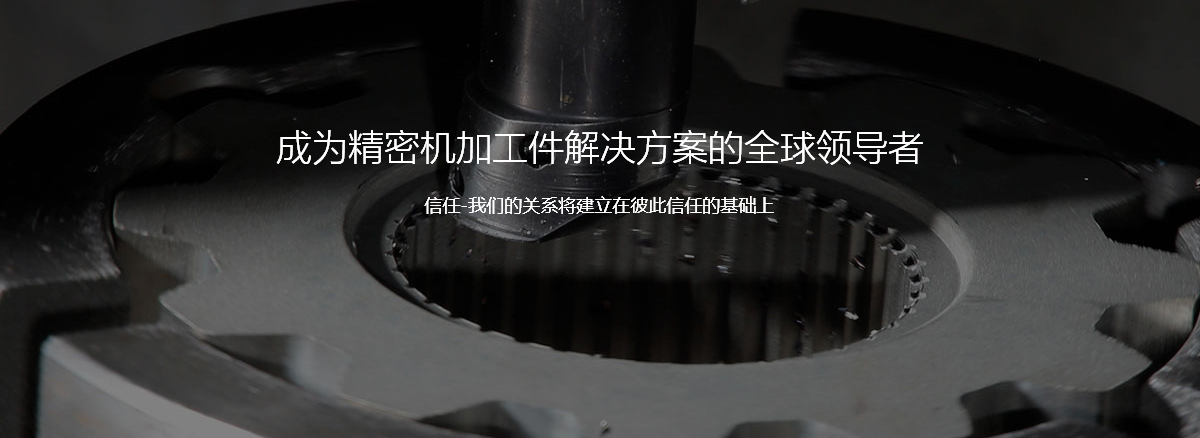CNC drilling machines can be divided into CNC vertical drilling machines, drilling centers, printed circuit board CNC drilling machines, CNC deep hole drilling machines, and other large CNC drilling machines according to their layout and functional characteristics.
CNC vertical drilling machine
CNC vertical drilling machines are developed on the basis of ordinary vertical drilling machines. It can complete multiple processes such as drilling, expanding, reaming, and tapping, and is suitable for medium and small batch production of parts with certain precision requirements for inter hole distance.
CNC vertical drilling machines generally have a two coordinate CNC cross shaped worktable. The processed parts can be clamped on the workbench for two coordinate movements (the left and right movement of the workbench is the x coordinate, and the front and back movement of the workbench is the y coordinate). The vertical movement (Z coordinate) of the spindle or spindle box with tools can be CNC or non CNC. The former adopts a 3-coordinate CNC system, while the latter can adopt a simpler 2-coordinate CNC system. The spindle speed change and tool replacement are not significantly different from ordinary vertical drilling machines, and are mostly manual. Suitable for machining porous parts with precision requirements for hole spacing but not too high. Its numerical control system is generally a point control system (also known as a linear control numerical control system), which belongs to economical numerical control and is cheap.
Drilling center
The drilling center is formed by adding a turret type tool library and an automatic tool changing mechanism on the basis of a 3-coordinate CNC vertical drilling machine. It adopts a stepless speed control spindle motor, which can automatically change the spindle speed. It can perform hole processing processes such as drilling, expanding, reaming, spot facer, and tapping, and can also complete contour control milling with linear and circular interpolation.
Due to the fact that most small and medium-sized parts require several cutting tools to process (within 10 tools), adding an automatic tool changing device and automatically changing the spindle speed can reduce labor intensity. Reducing tool changing time not only improves the automation level of the machine tool, but also enhances labor productivity.
Due to the use of contour control CNC systems instead of point control CNC systems, milling machining with linear and circular interpolation functions can be carried out, which is more suitable for joint drilling and milling of parts.
According to the principle of tool changing and the structure of machine tools, drilling centers are currently divided into two types: single spindle and multi spindle. The multi spindle tool changing method involves arranging 6 or 8 main axes radially in the turret, and the turret rotates to achieve spindle conversion and automatic tool changing.
Due to the need for multiple main shafts to be arranged in the turret, as well as the presence of main transmission, indexing, positioning and other mechanisms, the turret head has a complex structure and is difficult to process. Additionally, due to size limitations, the rigidity of the main shafts is affected to a certain extent, and the positional repetition accuracy between each main shaft is not ideal.
Due to the aforementioned issues with multi spindle drilling centers, many manufacturers have developed single spindle drilling centers. It automatically replaces tool holders with various tools on the same spindle to achieve automatic tool changing, and adopts a turret type tool library, overcoming the disadvantage of multi spindle type. The following figure shows a domestically produced single spindle drilling center.


